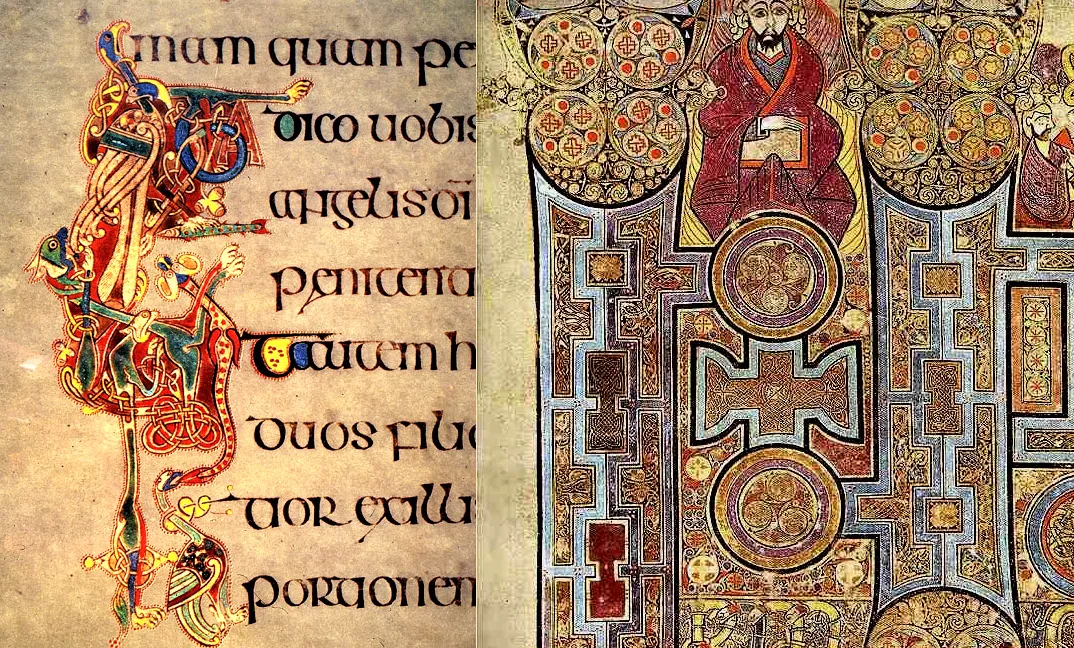
As a university student, I spent a semester studying poetry in Ireland. Looking out from my residence hall in Dublin each morning, I could see another building just a short walk across the campus of Trinity College. That building housed the Book of Kells, one of the world’s greatest examples of an illuminated manuscript. I am not religious (and spent much of my time in Ireland worshipping a pint of Guinness). But I stopped in to view the Book of Kells manuscript several times during my stay there.
My student days were long ago. Last month, during a trip through Los Angeles, my family and I stopped at the Getty Center’s world class museum. The Getty Museum sits on a hill that has been threatened by wildfires which began shortly after we left. Experts said a top quality museum could not be built from spare parts in the modern era, but they were wrong. It cost $1.3 billion to build the museum, which offers free admission to the public.
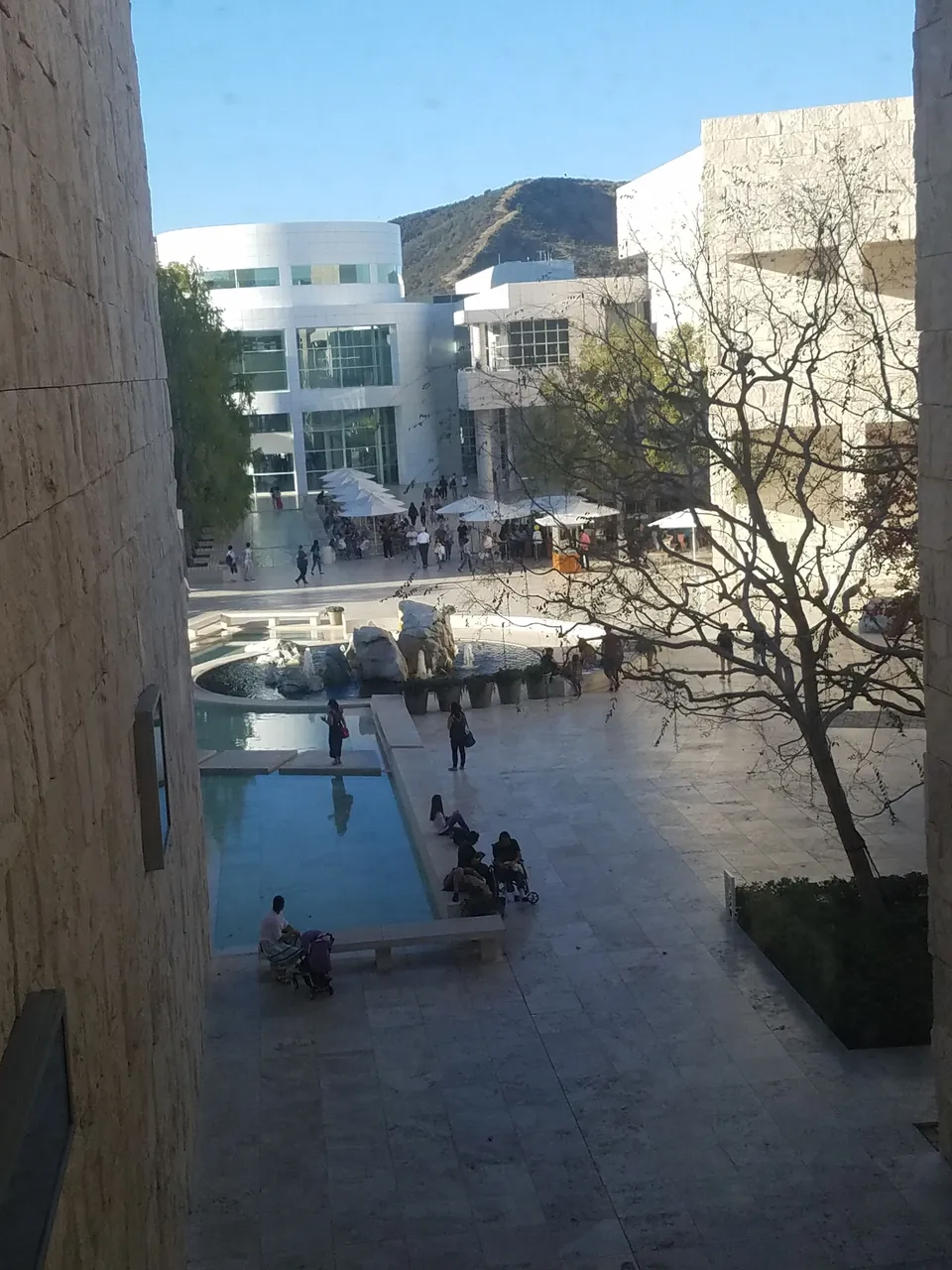
The Getty encompasses an amazing collection of European art, representing many different periods, styles, and media. From Van Gogh’s Irises to Boule’s Cabinet on a Stand to Josef Koudelka’s Prague 1968, one could spend hours, days, or even weeks roaming the buildings there and enjoying their treasures. And outside the buildings are intricate gardens with impressive sculptures and wonderful views above Los Angeles to the coastline of Malibu.
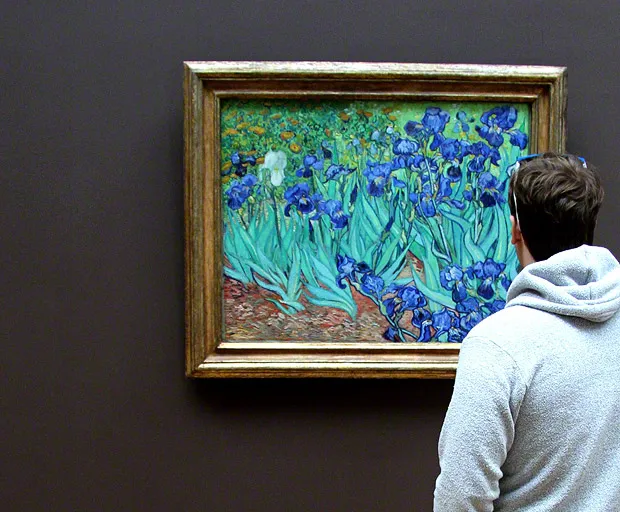
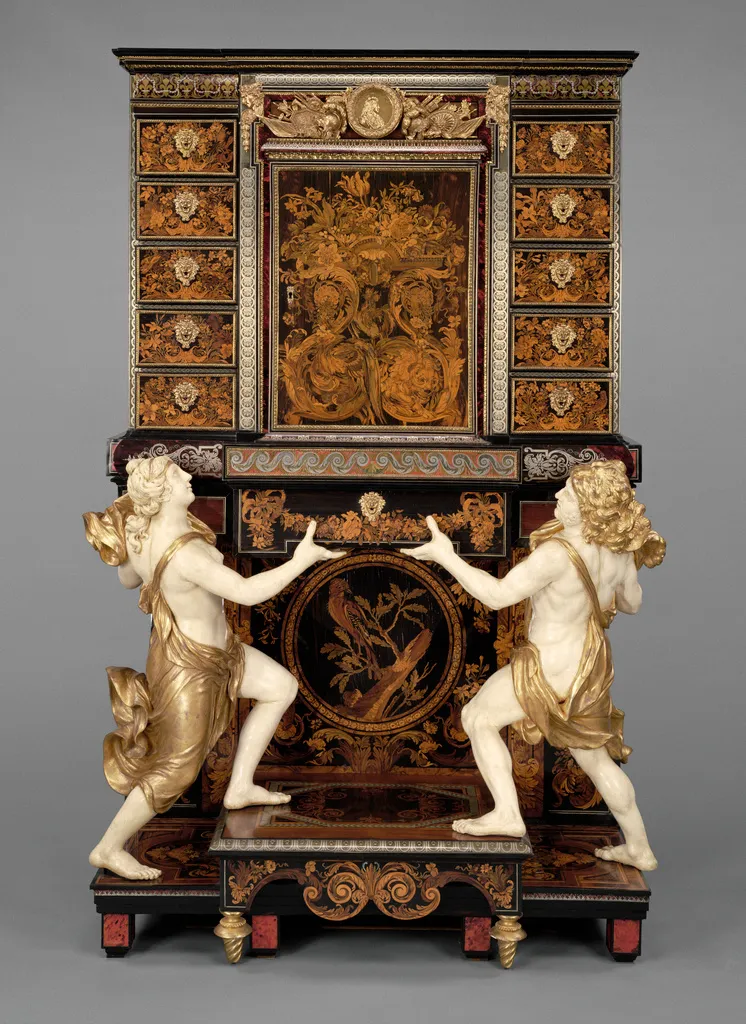

One of the highlights of the museum is its collection of illuminated manuscripts. These are not on the tour bus highlights, which spend most of their time in the Impressionists area and gift shop. Unbeknownst to many visitors, the Getty Center holds one of the world’s most impressive collections of illuminated manuscripts. They do a good job of featuring these in regular exhibitions.
An illuminated manuscript is a manuscript that is decorated, sometimes simply with gold or silver, but often with additional designs and pictures. When I think of an illuminated manuscript, I think of medieval art and bibles that were adorned with lots of flair and gold lettering. I think of something like the Book of Kells, a text of the four Gospels (and some additional material), which probably was created in an Irish Columban monastery around 800 A.D.
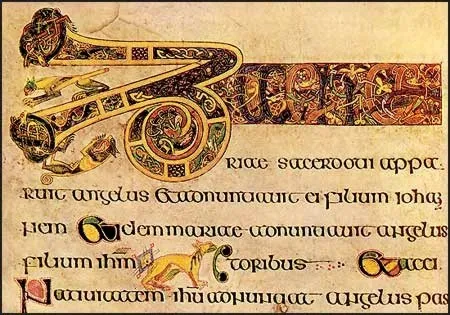
Detail from the Book of Kells
When we were at the Getty Museum, there was a special exhibit of nature-oriented manuscripts from the Renaissance period. Seeing all of these magnificent works gave me a flashback to Trinity College, when I was younger and had a chance to view the Book of Kells. In the years since I was a student, I probably have not thought much (if at all) about illuminated manuscripts. They don’t play a role in my life. And yet, en route to the Getty Museum, when we were planning our visit there, the illuminated manuscripts somehow came out on top of my ‘must see’ list.
Why? Perhaps it was because we had visited another museum within the last few months that offered Italian Renaissance, Impressionist, and Flemish art. Perhaps I wanted to see something different and picked out the illuminated manuscripts. Or perhaps I had a dose of nostalgia and remembered the Book of Kells.
There were some clear similarities between that text and those displayed at the Getty. Yet, at the same time, these later Renaissance works were more illustrative. Some are loose leaf pages, while others live in their original books. One cannot pick up a whole illuminated book and flip through it, so of course the museum’s curators choose certain page spreads to highlight and display in glass cases, often cycling through these over time.
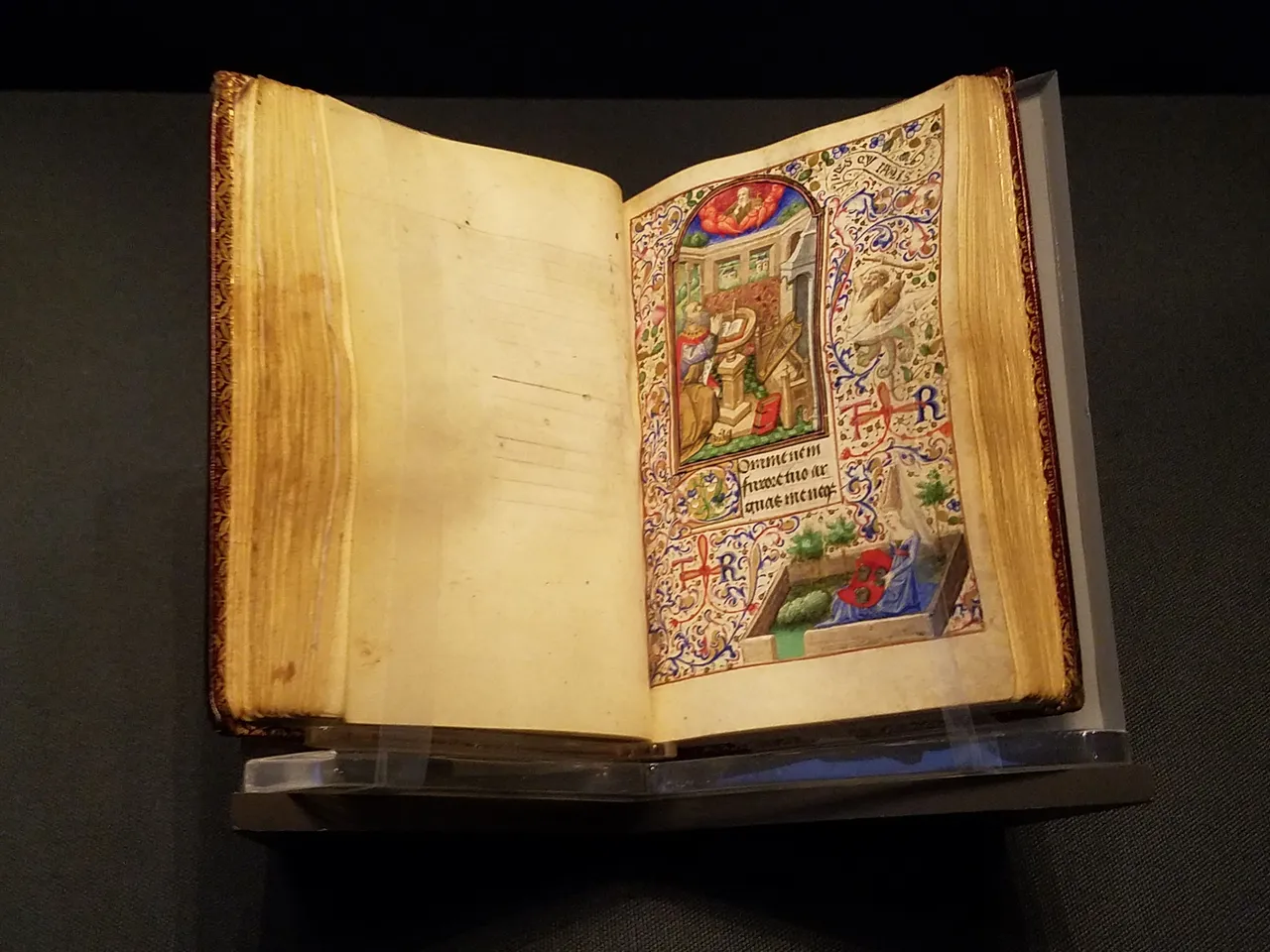
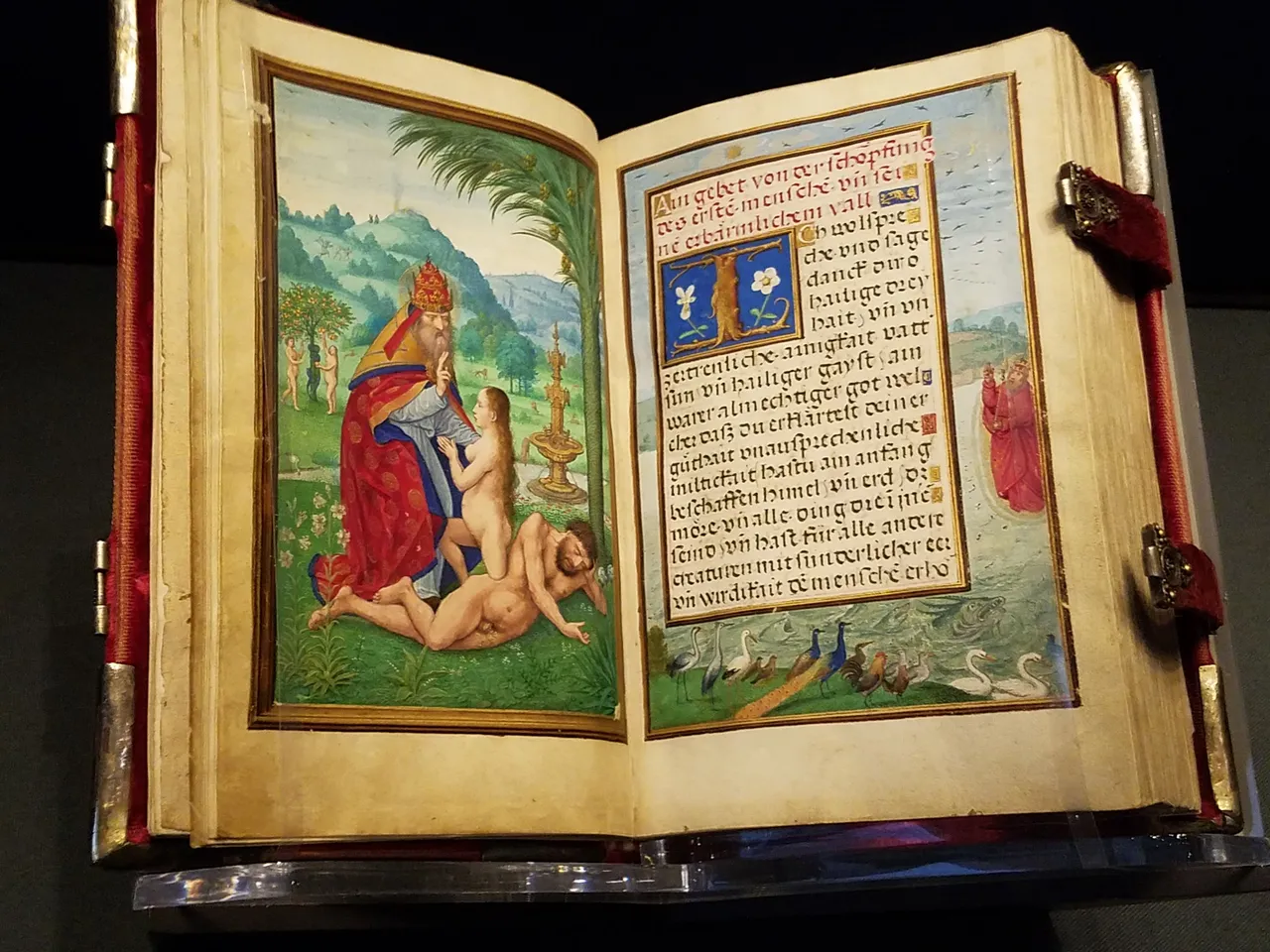
These illuminated pages are simply mind-blowing. Who does that? Who has the time? Who has the dedication to spend years, possibly the majority of one’s working life, copying and illustrating such a book by hand?
Who starts building a magnificent cathedral, knowing it will only be finished by the next generation or the one after that? Who begins with a chunk of stone and molds it into a sculpture that shows more life than many living people? Who puts every ounce of passion into the detail of a painting, creating something that will stand for centuries? Many of the creators’ names are lost to history, so their work lives on, but their names were forgotten long ago.
I’ll tell you who does those things. People who believe they are doing God’s work. Their artwork glorifies God and that’s why they want to make it perfect. It’s their dedication to God, their fear, and their obsession that sets their course and drives them to complete lofty achievements in the service of God. I’m not religious, but clearly that belief can move people.
No shopping mall, office tower, Photoshop file, or public art project today can come close. We don’t have the all-encompassing belief and the passion that it would take to create something as beautiful and complete as a cathedral or a richly adorned manuscript page.
Can you honestly imagine someone today creating these? A whole book of them? All by hand with no modern art materials? The artist would need to have a strong belief system that justified (or demanded) the work.
Again and again, I’ve seen this: In one of these museums, you’re in a room full of paintings. You’re looking at some nice pictures of Jesus and angels and glorious portraits and landscapes. Then you turn notice and see that one artist painted a vision of hell.
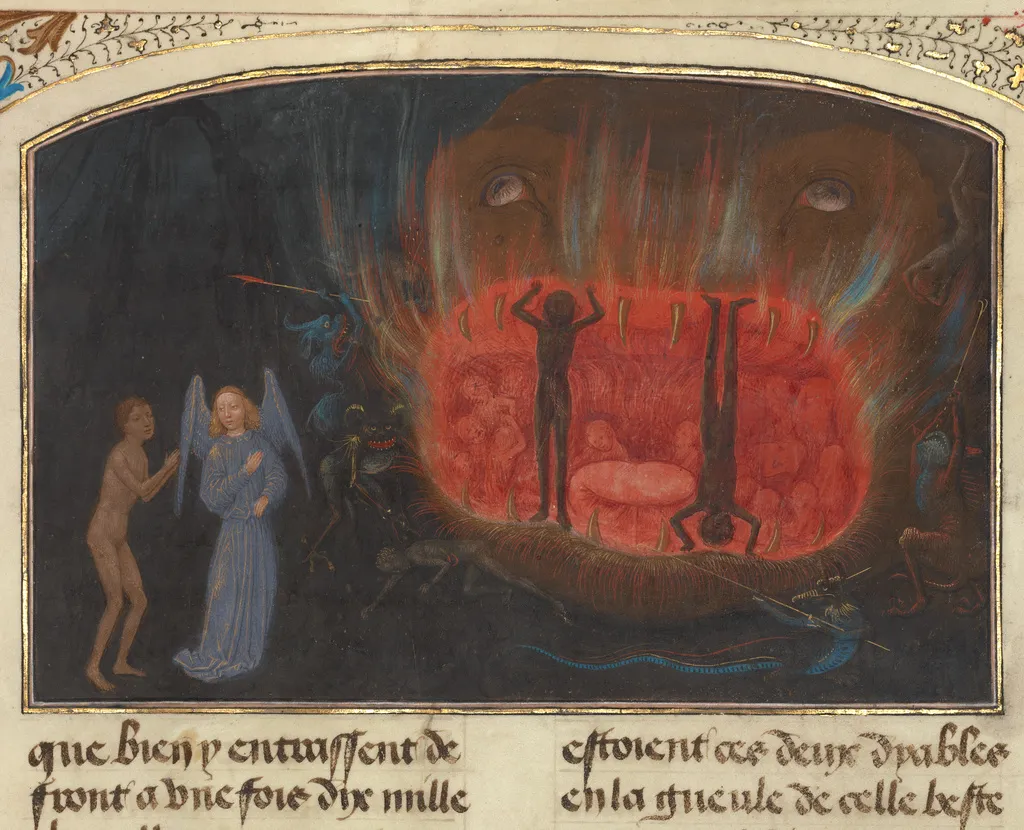
The Beast Acheron by Simon Marmion, 1475.
So it’s not just devotion and the desire to glorify God by painting something awesome. It’s also the mortal fear of eternal damnation for those who don’t do the job right. That’s some scary stuff and it also helped motivate a lot of artists in the past to make things that would seem impossible today.
Those feats would be possible today for someone with a strong belief that aligned with the purpose of the work. But such a person still would need one more element: celibacy.
That’s right, take a vow of chastity. Some of these monks put everything they had into their life’s work. If they’d had to worry about regular gratification, finding a partner, satisfying a partner, dealing with children and supporting a family, then sorry, game over. Work of this magnitude and quality over a long period of time simply is not possible with the distractions of a typical life. To achieve what they did, you’d have to go full-on hermit and focus like a laser beam on the work, everything else be damned. No modern art materials and eternal wrath if you got it wrong.


In fact, some of the medieval illuminated texts were Books of Hours, which were prayer books for people praying at every hour of the day. The monastic version of these prayers were offered to the Virgin Mary every three hours throughout the day and night, which must have necessitated an interesting sleep schedule. Vows of obedience, chastity, and poverty: you would have needed them all, along with a few cups of coffee.

Would you take a vow of chastity (and stick to it) if you knew that something you created would live on for centuries? Keep your DNA to yourself; it’s a different way to pass something along to future generations. When I look at illuminated manuscripts, even though I’m not religious myself, I can appreciate the sacrifices that someone must have made. The legacy they left was extraordinary.
Sources:
The Book of Kells: Medieval Europe’s Greatest Treasure? http://www.bbc.com/culture/story/20160425-the-book-of-kells-medieval-europes-greatest-treasure
Getty Museum Collection Highlights: Illuminated Manuscripts. http://www.getty.edu/art/manuscripts/
Wikipedia Book of Kells: https://en.wikipedia.org/wiki/Book_of_Kells
Kren, Thomas. Masterpieces of the J. Paul Getty Museum: Illuminated Manuscripts (Oxford University Press 1997), https://www.amazon.com/Masterpieces-Paul-Getty-Museum-Illuminated/dp/0892364467
Heaven, Hell, and Dying in Illuminated Manuscripts: https://www.google.com/culturalinstitute/beta/exhibit/heaven-hell-and-dying-well/fQKyx2AyMyQUIw
Illuminated Manuscripts, article from Augsberg University: http://web.augsburg.edu/~hopingar/illumination.htm
Could You Hack It as a Medieval Monk? http://www.bbc.co.uk/guides/ztb3hv4
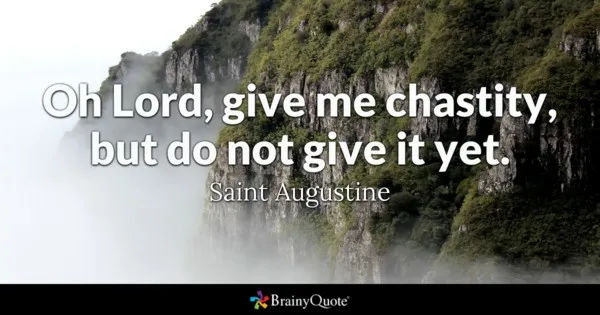
All photos are either public domain, by the author, or courtesy of the Getty Museum. Top image is a montage of two separate pages from the Book of Kells.